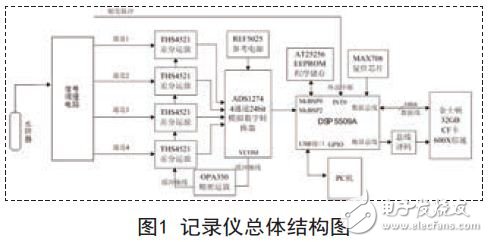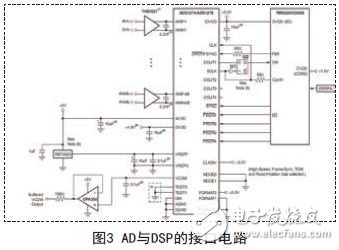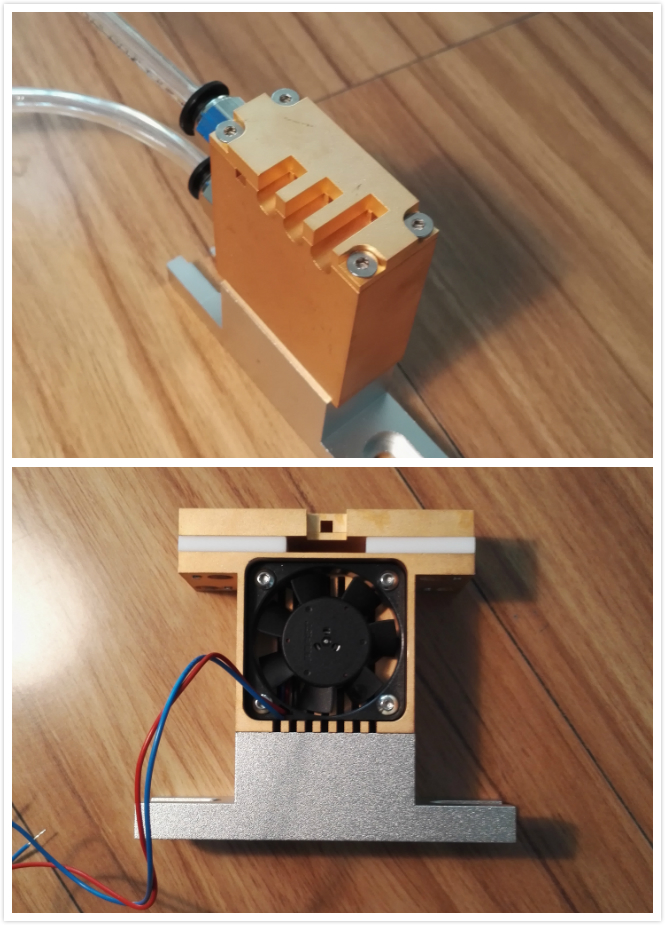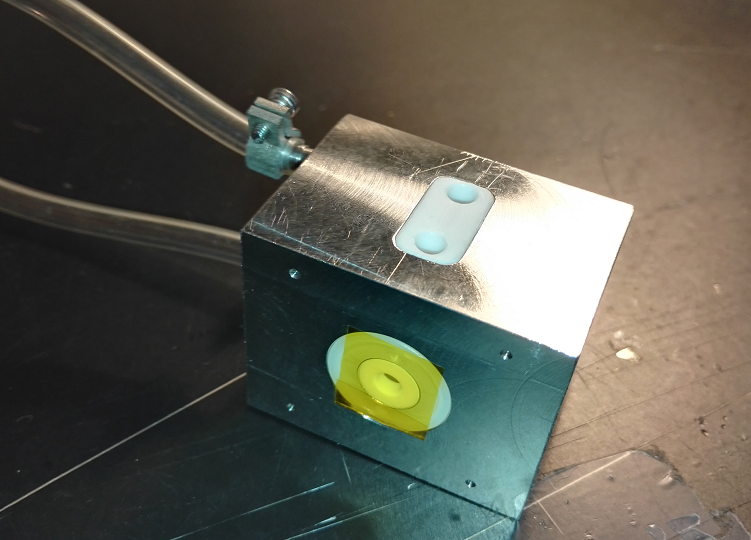The program designed and developed a water acoustic signal recorder to realize 4-channel 24-bit synchronous acquisition and storage of underwater acoustic signals. The dynamic range is up to 100dB and the sampling rate is up to 100kS/s. The test results show that the records designed in this scheme are recorded. The instrument has high precision, large dynamic range, low power consumption, large storage capacity, stable and reliable operation, and can complete underwater acoustic signal acquisition and recording below 30 kHz.
I. Introduction
The underwater acoustic signal is the main information carrier for underwater detection, location, navigation and communication. The analysis, processing and research of the underwater target echo and the original signal of the radiated noise can obtain a large amount of target characteristic information, which requires a kind of information. A multi-channel, high-precision underwater acoustic signal acquisition and recording device collects and records the original signal of the underwater target.
The traditional underwater acoustic acquisition system often uses a single 16-bit A/D converter and a single-chip microcomputer as the core device. The sampling accuracy is low, the acquisition and storage speed is slow, the processing capability is weak, and the versatility is not strong. Therefore, the paper uses a 24-bit high-precision A/D converter ADS1274, ultra-low-power digital signal processing chip TMSVC5509A and CF card as the main storage medium, and designs and develops a four-channel synchronous underwater acoustic signal recorder. The recorder has high precision, large dynamic range, low power consumption, large storage capacity, stable and reliable operation, and strong versatility, and can complete underwater acoustic signal acquisition, recording and analysis under 30 kHz.
Second, the overall design of the recorder
The underwater acoustic data recorder needs to work under water for a long time, and needs to meet the requirements of large-capacity storage, low power consumption, high fidelity, and real-time acquisition and recording. In view of the fact that the frequency of the underwater acoustic signal is generally not high, the sampling rate of 100 kHz is sufficient for most of the signal acquisition requirements. The total data volume of the four channels of 24 bit acquisition for 8 hours does not exceed 32G, so the compact flash (CF card) with a capacity of 32G can be satisfied. System storage requirements. When the sampling frequency of the recorder is 100 kHz, the acquisition and storage of four 24-bit underwater acoustic signals should be completed within the sampling period of 10 μs, and the real-time requirements are high. Here, TI ultra-low-power digital signal processing chip TMS320VC5509A is selected as the main control processor. The processing speed reaches 400MIPS, which can meet the system requirements. According to the needs of the system, the system hardware part consists of four signal conditioning (preamplifier and filtering), high precision analog-to-digital converter (AD), main control processor (DSP), data storage unit (CF card), PC interface. The unit is composed of (USB), and the software part is composed of a data acquisition module, a data storage module, and a data reading module. The overall structure of the recorder is shown in Figure 1.

Third, the recorder hardware design and implementation
(1) Signal conditioning part
The main function of the signal conditioning part is to complete the amplification, filtering, single-ended double-ended, and voltage boosting of the weak signal received by the hydrophone so that the received hydrophone signal can be conditioned to satisfy the A/D input. Signal requirements.

The signal of the hydrophone is a weak signal, and preamplification plays an important role in suppressing noise. Whether it can effectively suppress various noises is the key to the success of the department. Here, a mature commercial preamplifier module is adopted.
The technical specifications of the preamplifier module are: input mode: differential and single-ended; common mode rejection ratio: "100dB; input impedance: 200MΩ; noise voltage density is 3nV/; gain: 10 times (20dB).
(two) A / D interface circuit
After repeated argumentation and comparison, and considering the system performance, circuit structure, system power consumption, scalability and film source and other factors, the system selected a 24-bit high-precision AD converter ADS1274 from TI. The AD chip integrates multiple independent high-order chopper-stabilized modulators and FIR digital filters to achieve 4-channel simultaneous sampling. It supports four modes of operation: high speed, high precision, low power consumption and low speed. It has 6 2 KH. z bandwidth, sampling frequency up to 128KS / s. The chip uses differential input, so the input can be directly connected to the sensor or a small voltage signal; you can select the working mode by setting the corresponding input / output pin, no need Register programming, its data output can choose frame synchronization or SPI serial interface, easy to connect to the DSP, can meet the demanding multi-channel weak signal acquisition applications.

Coupletech Co., Ltd also supplies water cooled modules, air cooled modules and heat-sink system for high power laser. Usually we need to use all kinds of methods, e.g. water cooling, air cooling and heat sink to make the Laser Crystal, nonlinear crystal and Pockels Cell work normally within specified operating temperature range. Thus we need crystal mounts with water cooling, air cooling or heat sinking.


Narrow Aluminium Optical Rail,Narrow Aluminium Rail Carriers,Aluminium Optical Rails
Coupletech Co., Ltd. , https://www.coupletech.com
